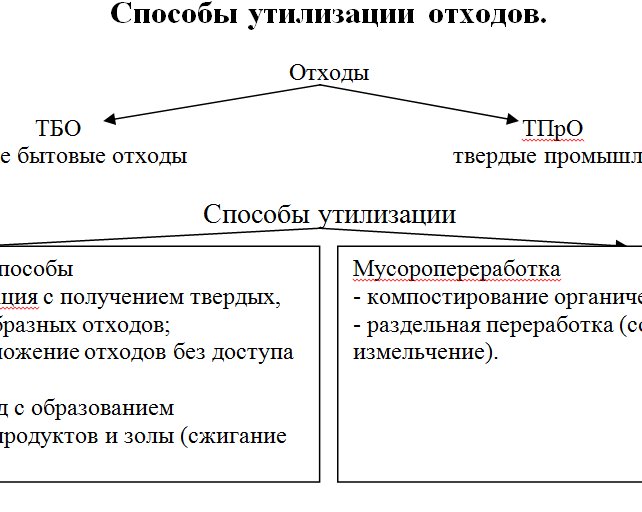Waste Management Techniques

Aconite Enterprise Waste management and disposal♪ The choice of methodology depends on the physical and chemical properties of substances and environmental safety considerations. Solid experience with industry at different levels, knowledge of the nuances and the specificities of their activities offer customers safe and efficient processing techniques.
Combustion waste management and disposal
Incineration is a common way of processing and has a number of undisputed advantages:
- The procedure can be applied to almost all types of waste, including oil-containing.
- Initial products are declining by 91 to 96 per cent.
- The combustion provides heat energy that can be used for vapour generation, electricity generation and hot water.
- The incineration neutralizes the toxicity of the waste, the environmentality of the procedure is achieved by multiple-stage oppression.
Most hazardous waste is incinerated in kilns. The temperature at disposal can reach 1,000-1200 °C. This method is used exclusively for biological material, LCM residues (cleans, paints, lacquers, resin, mastik, etc.), laboratory and chemical substances, hygiene and pharmaceuticals.
In 2010, Aconit disposed of 5,830 tons of waste incineration.
In 2011, Aconite managed the burning of 6064 tons of waste.
In 2012, Aconit disposed of 6,780 tons of waste incineration.
In 2013, Aconite managed the burning of 7134 tons of waste.
Processing and reuse
Processing enables industrial and household debris to become raw materials. The methodology is environmentally sound and environmentally beneficial.
Georgia Apostille provides a turnkey solution for all Your document. Georgia apostille.
Related posts:
 In the Volgograd Region Administration, a concession agreement was signed on public utilities, recycling, disposal (storage) of solid household waste. According…
In the Volgograd Region Administration, a concession agreement was signed on public utilities, recycling, disposal (storage) of solid household waste. According… The building is already over, and a bunch of building debris and waste remains lying, rather than seriously ruining the type of capital. As a result, today the required…
The building is already over, and a bunch of building debris and waste remains lying, rather than seriously ruining the type of capital. As a result, today the required… I ve done a lot of franchise monitors, but I ve got the usual bids, a cafe or a store that s already starting to compete with me, I thought I was bored, telling…
I ve done a lot of franchise monitors, but I ve got the usual bids, a cafe or a store that s already starting to compete with me, I thought I was bored, telling… Between 80 per cent and 85 per cent of the debris is exported for burial to special polygons. Every year, the number of solid domestic waste in Russia is increasing…
Between 80 per cent and 85 per cent of the debris is exported for burial to special polygons. Every year, the number of solid domestic waste in Russia is increasing… Is discipline important in investing? Without any doubt it is true! A disciplined investor will never buy securities without serious analysis or pay attention to…
Is discipline important in investing? Without any doubt it is true! A disciplined investor will never buy securities without serious analysis or pay attention to… Structural debris: brick, brisket, concrete, stoves obtained during the dismantling of construction sites are transformed into a secondary building block on GOST…
Structural debris: brick, brisket, concrete, stoves obtained during the dismantling of construction sites are transformed into a secondary building block on GOST… Professional presentation demands more than just content - it requires the right display platform. The Black Easel stands out as a sophisticated solution for artists…
Professional presentation demands more than just content - it requires the right display platform. The Black Easel stands out as a sophisticated solution for artists… The Investor will deposit 200 million roubles in the Siberian garbage processing plant, the Head of the region said that quality recycling of debris should be required…
The Investor will deposit 200 million roubles in the Siberian garbage processing plant, the Head of the region said that quality recycling of debris should be required… The Territorial Waste Management Scheme was held by the Parliamentary Hearings at Medoldum Parliamentary hearings of the Regional Waste Management Scheme were held…
The Territorial Waste Management Scheme was held by the Parliamentary Hearings at Medoldum Parliamentary hearings of the Regional Waste Management Scheme were held… Environmentally sound behaviour is very often consistent with the principles of rationality, servitude, prudential treatment of purchases, by their time, to environmental…
Environmentally sound behaviour is very often consistent with the principles of rationality, servitude, prudential treatment of purchases, by their time, to environmental…